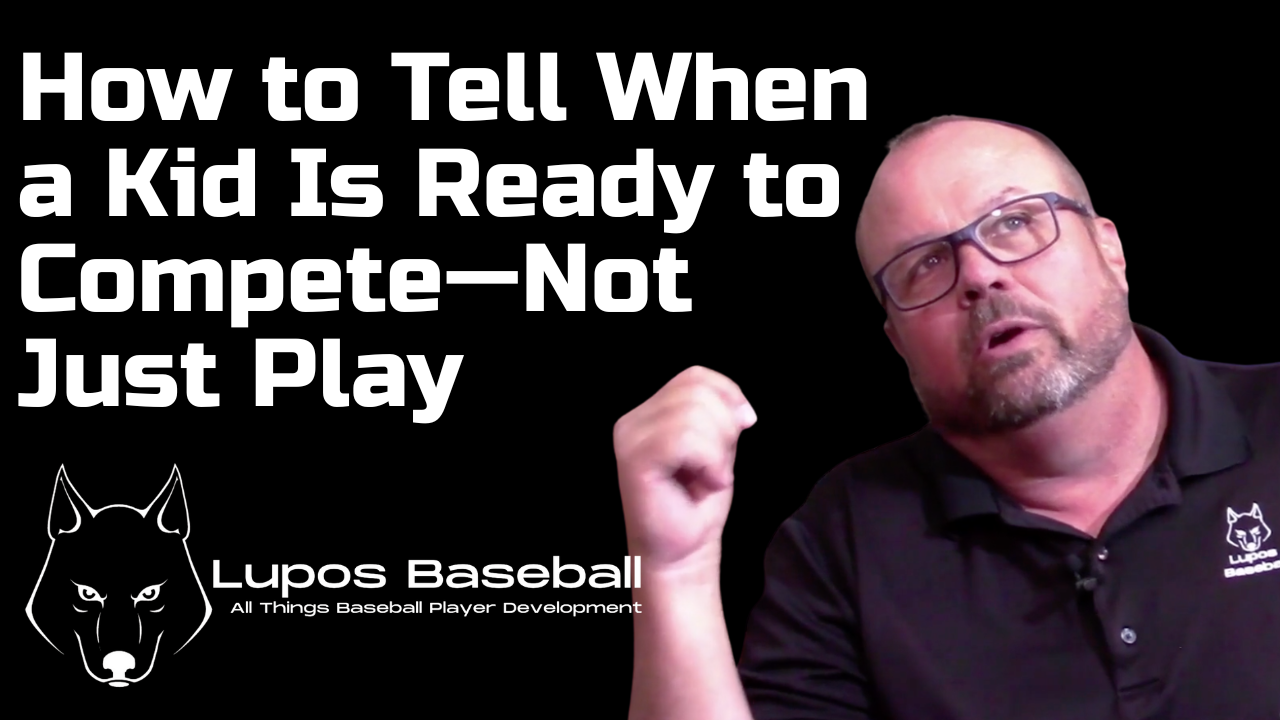The Adventure League Test: How to Let a Young Athlete’s Drive Reveal Itself
This blog explains how low-pressure, recreational “adventure leagues” can serve as a powerful tool for evaluating a young athlete’s internal motivation. Rather than forcing a child into a competitive program too soon, parents can use these leagues as neutral environments to observe whether their player is ready to transition from casual play to serious development. It offers a practical approach for families navigating youth baseball decisions, helping them understand the difference between temporary enjoyment and long-term drive. This framework empowers parents to step back and let the athlete’s behavior reveal their path organically. Relevant for parents of middle school athletes, travel baseball coaches, and anyone involved in guiding athlete development timelines.
SUMMER BASEBALL


The Adventure League Test: How to Let a Young Athlete’s Drive Reveal Itself
You can’t force development—but you can create a setting where the truth shows up. That’s what a recreational or “adventure” league does. It gives young athletes space to just play. And in that space, you’ll see one of two things: either they’re content—or they’re craving more.
Not sure if your kid is ready for a development program?
Put them in a league with no pressure—and watch what happens.
Step 1: Use the Right Environment to Get a Clear Read
When players are put in a lower-level, less competitive setting, they’ll either thrive on fun—or feel unchallenged. That reaction reveals what they’re ready for.
If your child loves the freedom, the low stress, and the fun? That’s where they should be.
If they get irritated by poor play, want to play harder, or talk about doing more? That’s your sign.
You’re not guessing. You’re observing. It’s not about stats—it’s about demeanor.
Step 2: Look for Organic Changes in Mindset
Sometimes something just clicks. The player starts to mature physically—maybe hits a growth spurt, gets stronger, or throws harder—and suddenly, the success breeds hunger.
That’s when the competitive monster starts to show up.
You’ll notice:
They get more serious between innings
They’re less tolerant of teammates’ mistakes
They shift from “I’m just here with my friends” to “I want to win”
These are not signs of negativity—they’re signs of ownership.
Step 3: Don’t Rush It—But Don’t Miss It
This is a critical window. You can’t fake it, and you can’t force it. If you push too soon, it dies. If you miss the window, they lose momentum.
When that internal switch flips, talk to someone you trust—someone outside the program.
Not the guy running the $3,000 travel team.
Not the dad on your group text who thinks everyone should be “grinding.”
Find a mentor. A coach or former player with nothing to gain.
Ask: “Can you watch him and tell me if he’s ready for more?”
And if the answer is yes—then you talk to your kid about stepping up.
Ready to Turn Hunger Into Hitting Skill?
If your player is starting to take things seriously at the plate, Coach Leo’s book is a proven blueprint for transforming raw effort into real results.
BASS: Barrel Accuracy and Swing Strength – The Path to Elite Level Hitting
Visit: www.luposbaseball.com
Disclaimer:
The content shared is for informational purposes only. This is not a judgment of any person or program mentioned. All names and events are discussed from personal memory and are not meant to accuse or endorse. The goal is to share insight from lived experience.
#BaseballDevelopment
#AdventureLeagueBaseball
#YouthSportsGrowth
#MiddleSchoolBaseball
#PlayerReadiness
#TravelBallPrep
#BASSHitting
#LuposBaseball
#BaseballMindset
#SoreToSoaring

